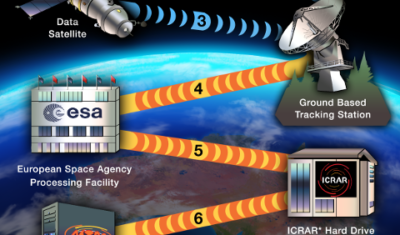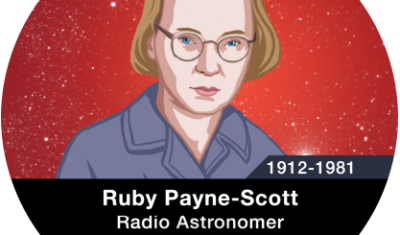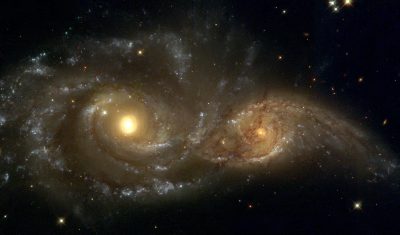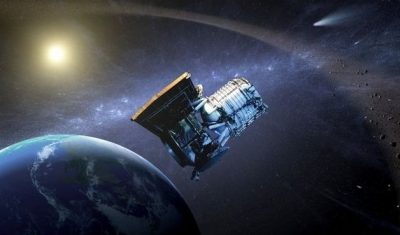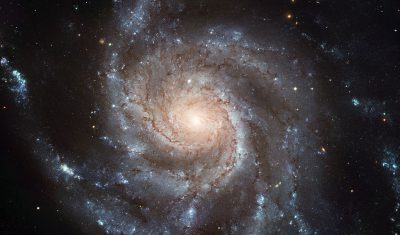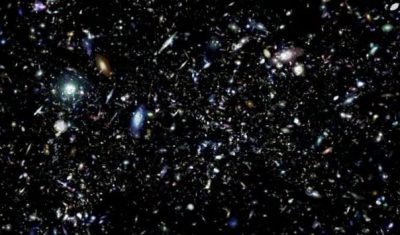By Christian Polson-Brown
There was a time when you needed a pretty fancy education, and access to a powerful telescope in order to make a new astronomy discovery. Thanks to technology and the spirit of cooperation those days are now in the past. Now anyone can make a new discovery, even from the comfort of their own home! Citizen science really puts the power of discovery right in your hands. Need some proof? Here’s a list of 7 amazing astronomical discoveries made by volunteer citizen scientists.
1. “We come in peas” – Little green peas from outer space.

Okay to be honest they’re not so little. In fact the green peas we’re talking about are galaxy sized (because they’re galaxies)! When these mysterious green galaxies were first discovered they just looked like little green mushy blobs in space, but some smart citizen scientists knew they were special. The green pea galaxies were discovered as part of GalaxyZoo, by a team of volunteers who collected examples on the project’s forum. The astronomers had never seen green galaxies before and it took them a while to figure out what they were. The citizen scientists responsible were mentioned right alongside the astronomers when the discovery was written up in a science journal.
2. Captain Exoplanet and the Exoplaneteers.
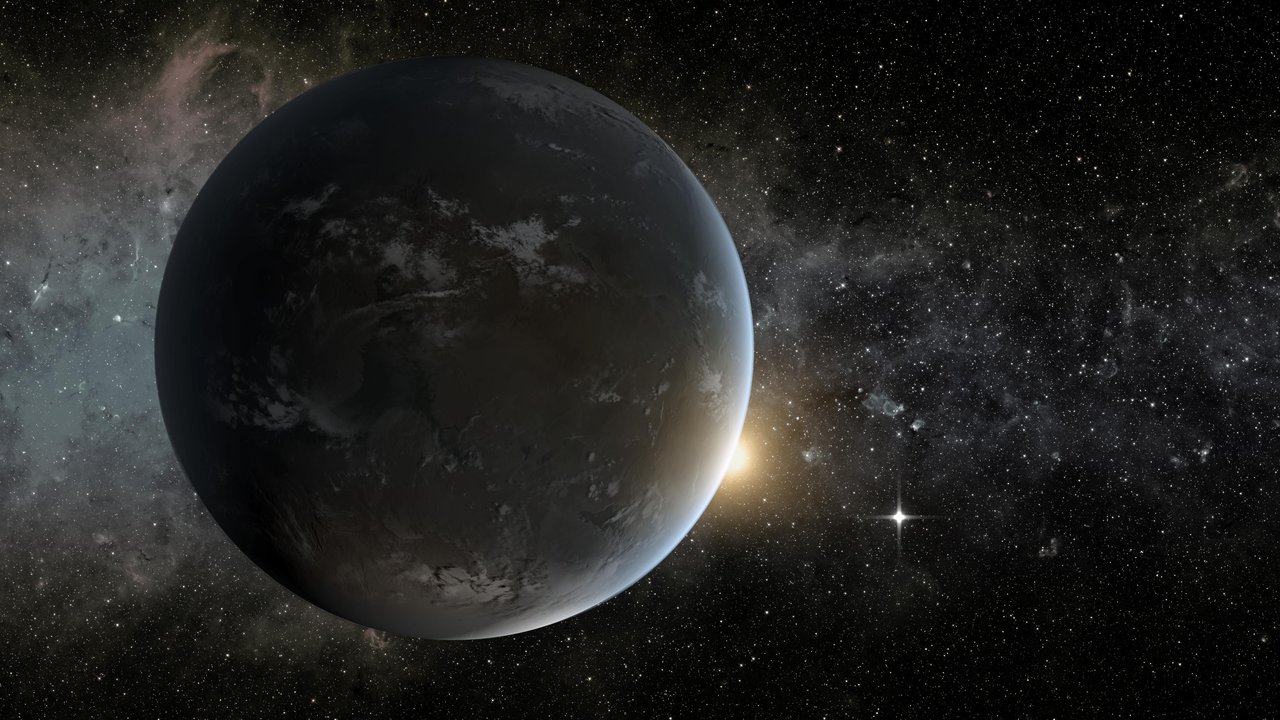
They may not have magical rings, but more than 10,000 citizen scientists combined their power during ABC’s Stargazing Live 2018, and discovered over 200 possible exoplanets! This was part of the Exoplanet Explorers project, and the enthusiasm blew the astronomers away. Maybe the most exciting part was the discovery of a group of 5 exoplanets super close to their star. All 5 exoplanets are packed into a tighter orbit than Mercury is to our own sun. If they’d formed that close they probably would have smashed into each other, so the astronomers think they started further away and have slowly moved inwards.
3. Supernova sale, two for the price of one!
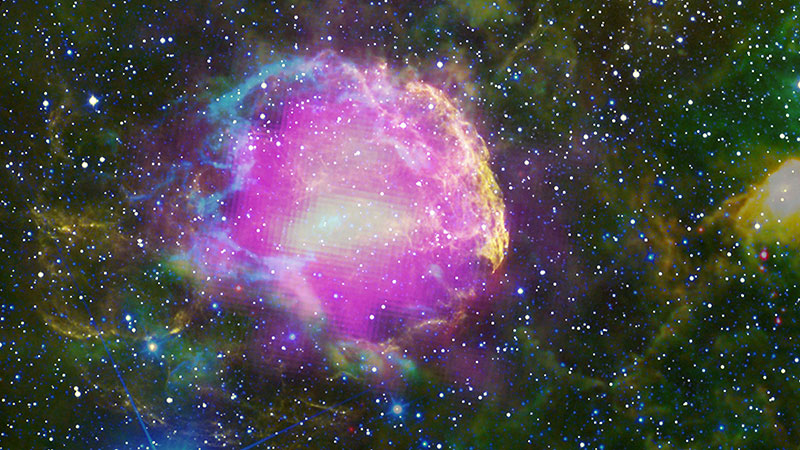
Citizen scientists weren’t just discovering exoplanets during StarGazing Live 2018, they also discovered two new supernovae! You’d think being some of the most powerful explosions in the universe would make supernovas easy to discover, but space is really really really big. It took a huge effort by more than 6,000 citizen scientists, but they managed to discover two brand new type 1a supernovae! The astronomers were able to use this discovery to shave 500,000 years off the age of the universe, leaving the current estimate at 13,798,150,576 years old. But don’t worry universe, we’ll still write 13,797,616,664 on your birthday cards!
4. Tabby cats in outer space? Sorry no, but Tabby’s star is pretty awesome!

We may not have discovered tabby cats in outer space (yet), but Tabby’s Star is an outer space mystery that continues to baffle astronomers. Normally when a planet orbits around a star it will block a tiny amount of light, but something is blocking up to 20% of the light from Tabby’s Star! It could be a massive alien superstructure (piloted by space cats), but more realistically it’s likely to be a giant dust cloud. The mysterious drop in light was first discovered by citizen scientist Tabetha Boyajian as part of the Planet Hunters project. Until the mystery is fully solved, Tabby’s star will remain a head scratcher for the astronomers.
5. Want a planet named after you? With citizen science it’s possible!
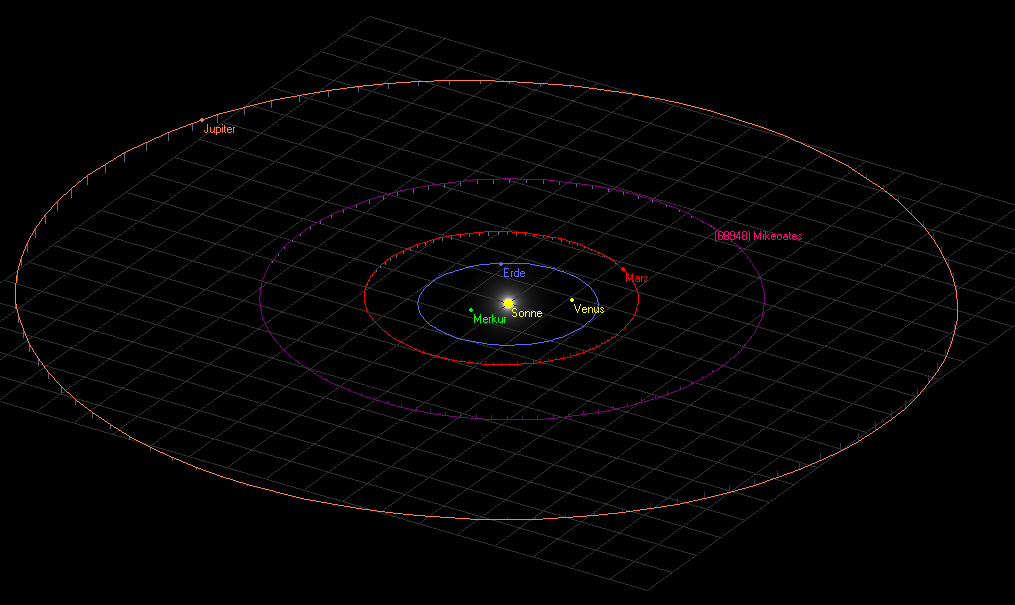
Having a planet named after you sounds like it’s something out of reach for your average person, but think again! Mike Oates is a citizen scientist, and in thanks for discovering more than 140 new comets, the International Astronomical Society named minor planet 68949 after him! The comets were discovered using freely available data from the Solar and Heliospheric Observatory (SOHO). SOHO has actually been used to discover more than half of all known comets, and its main purpose is to study the sun, comets just keep getting in the way! .
6. Move over Red Dwarf, it’s all about Brown Dwarfs now.
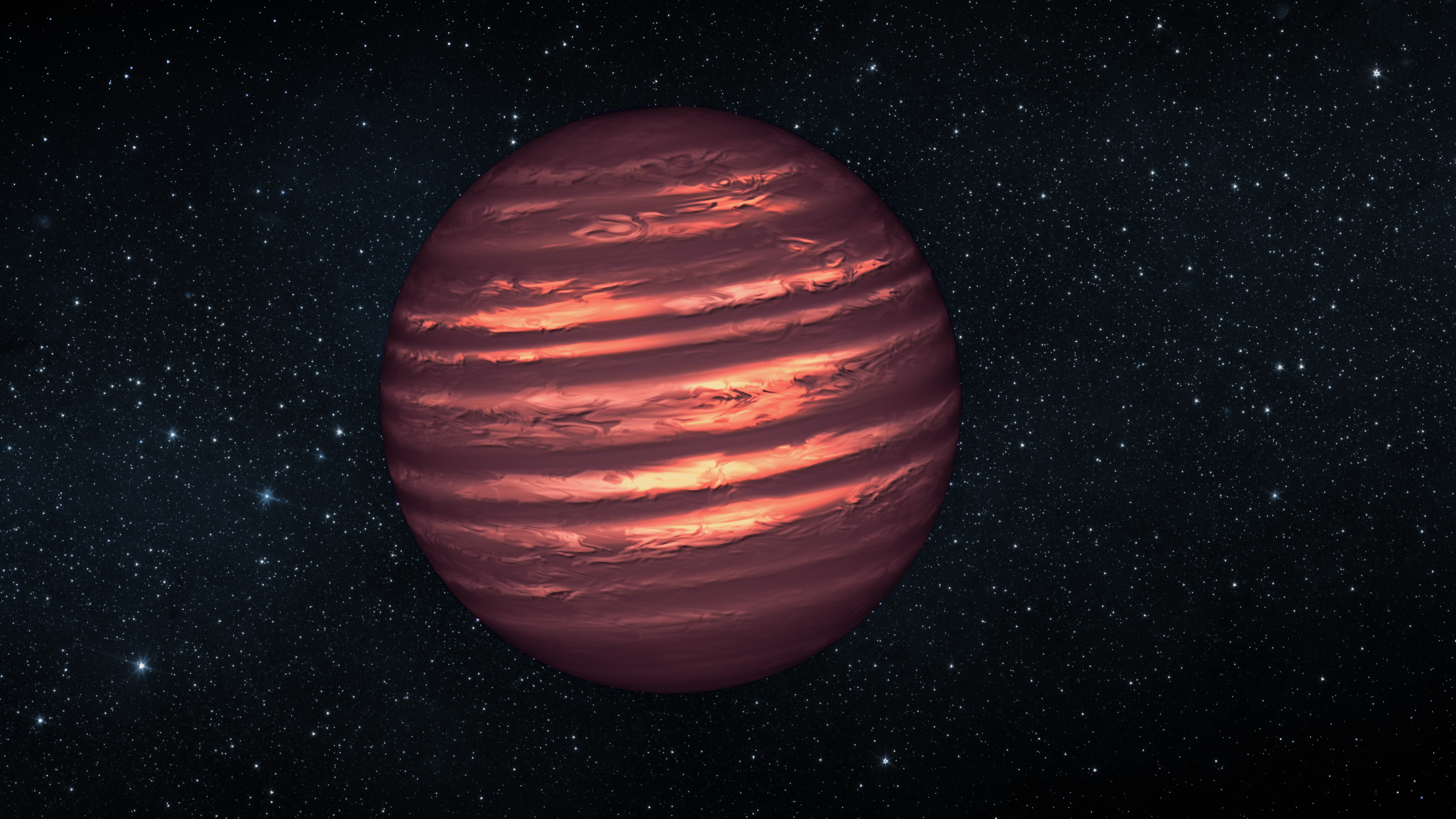
You might have heard of Red Dwarfs and White Dwarfs, but have you heard of Brown Dwarfs? To be honest they’re not actually stars, they’re huge gassy planets that are somewhere between a planet and a star. Citizen scientists are somewhere between a citizen and a scientist, so it’s actually a bit poetic that citizen scientist Rosa Castro discovered her very own Brown Dwarf. Rosa had just finished up her dinner and was spending some time on the NASA Backyard Worlds site when she made the discovery. It might not be as cool as having a minor planet named after you, but Rosa was credited as an author when the discovery was published in The Astrophysical Journal.
7. Steve. Just… Steve…
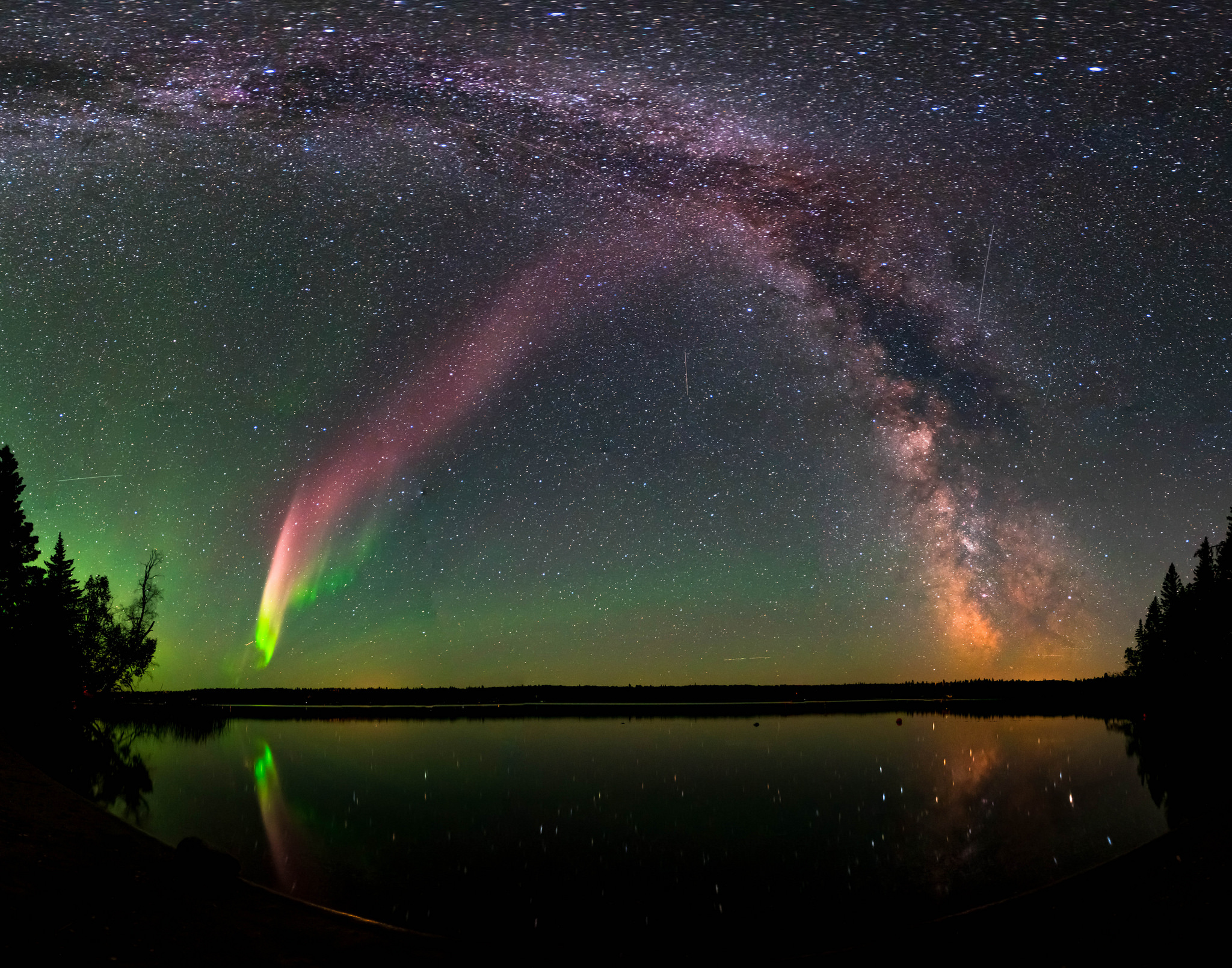
Steve is a pretty boring name right? (sorry Steve). It was a bit strange then that some citizen scientists decided to name a brand new part of the aurora borealis, (one of the most beautiful phenomena on Earth) “Steve”. Then again, the citizen science project is itself called Aurorasaurus, so wacky names seem to be their thing. Steves are mysterious purple ribbons of light in the aurora that turned out to be caused by a strange interaction between charged particles and the Earth’s magnetic field. We would have gone with something a bit more impressive sounding like “Magneto Flashes” ourselves.
8. Your name here.
This list is just the tip of the iceberg. There are countless amazing discoveries just waiting for passionate citizen scientists to come along and find them. It doesn’t matter who you are, or where you’re from, someday you might stumble upon some strange new mystery that turns out to be a brand new discovery. One could even be waiting for you in our very own AstroQuest!


